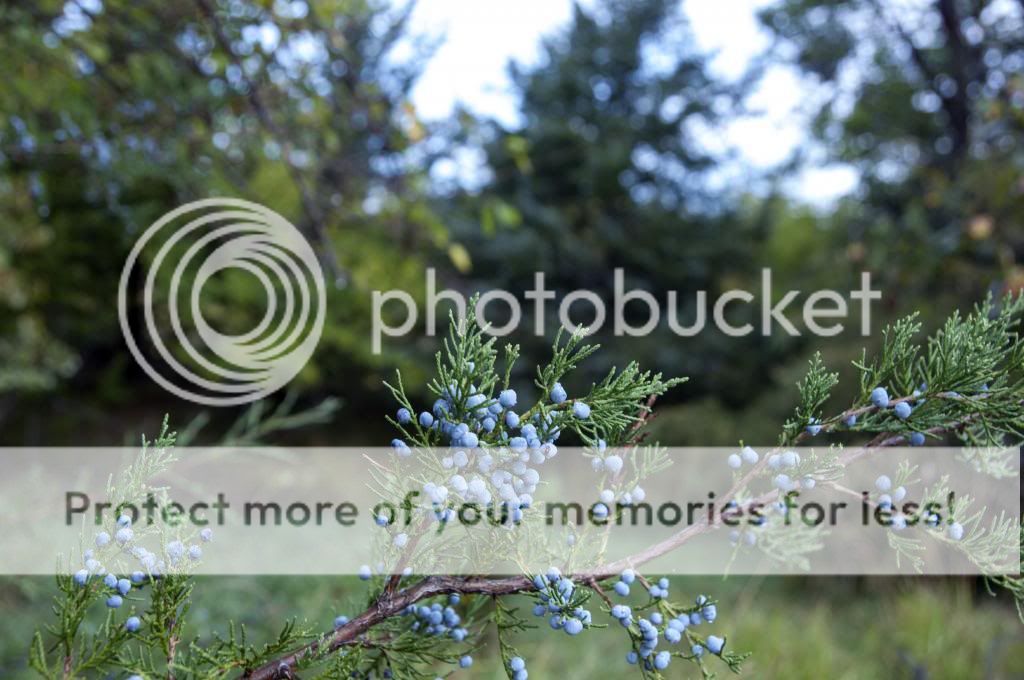I'm thinning/harvesting my woodlot. Maple,hickory,Oak,Ash some birch,pine and some cedar.
( lot was farm field I'm guessing 60-70 years ago and let go since)
I've got no problem taking out a pine that's in the way for shoulder season wood , but when I run into a cedar I'm not sure.
When I'm done in a few years I want to leave behind a healthy, naturally diverse woodlot so I'll definitely leave the healthy specimens of cedar and other species ( and the giant pines which scare me).
Sorry for getting windy, Should I consider Cedar heating wood, shoulder wood or is there a better practical use?
( lot was farm field I'm guessing 60-70 years ago and let go since)
I've got no problem taking out a pine that's in the way for shoulder season wood , but when I run into a cedar I'm not sure.
When I'm done in a few years I want to leave behind a healthy, naturally diverse woodlot so I'll definitely leave the healthy specimens of cedar and other species ( and the giant pines which scare me).
Sorry for getting windy, Should I consider Cedar heating wood, shoulder wood or is there a better practical use?






